While Fo-Ti extract is a common ingredient in several hair care supplements, most people don’t know what it is and how it helps achieve healthy hair. If you don’t have this information either, you’ve come to the right place. This blog briefly about what Fo-Ti is and how it helps improve your hair health.
What is Fo-Ti?
Scientifically known as Polygonum multiflorum, Fo-Ti is a plant native to China that also grows in Japan and Taiwan. While westerners started using the name Fo-TI for commercial purposes, it still goes by the name He Shou Wu in traditional Chinese medicine.
Fo-Ti comes with heart-shaped leaves and white & pink flowers. Once harvested, its root tubers, roots, and leaves are processed, and more ingredients are added to form Fo-Ti extract.
Let’s now learn about its role in improving your hair health.
Role of Fo-Ti Extract in Improving Hair Health
Here’s how to improve hair health using Fo-Ti extract:
1. Fo-Ti Extract can Help Reduce Hair Fall
Fo-Ti is known to help reduce hair fall and also promote hair growth. For instance, a study revealed that Fo-Ti helps stimulate hair growth by positively impacting the FGF-7 gene. This FGF-7 gene helps convert the protein to epithelial cells, which further helps improve hair growth. However, according to this study oral administration of Fo-Ti extract is what works.
2. May Improve Hair Growth in People Suffering from Hormonal Issues
People suffering from hormonal issues such as PCOS experience thin hair due to an increase in the amount of testosterone secretion. Fortunately, Fo-Ti is known to help improve hair thickness and ensure hair growth in people who suffer from such disorders.
3. Known to Stimulate SSH Expression
The Fo-Ti extract helps stimulate SSH expression. And according to studies, the SSH gene regulates hair follicle epithelial growth, which further helps improve hair growth. However, to experience the benefits, you need to opt for topical application.
4. Help Reduce Grays
One of the most important benefits of Fo-Ti extract is that it helps improve your hair color. Even research shows that Fo-Ti extract has a positive impact on gray hair both by helping maintain the natural color and delaying the onset of grays.
Is Fo-Ti Extract Safe for Consumption?
While He Shou Wu is an herb that has been used for decades, some side effects have been noticed. The common side effects include vomiting, abdominal pain, diarrhea, nausea, etc. However, these side effects aren’t reported by every individual who administers Fo-Ti extract.
Please Note. He Shou Wu is known to mimic/duplicate the behavior of estrogen. So, if you’re suffering from any condition related to estrogen, it’s recommended that you avoid consuming this herb.
In a nutshell, He Shou Wu or Fo-Ti extract is fantastic for your hair health. However, to experience these benefits while keeping its side effects at bay, you need to focus on the dosage, which is around 3-6 grams of raw extract and 6-12 grams of processed extract.
Want a Safer and More Reliable Option to Consume Fo-Ti?
Preparing and consuming Fo-Ti extract can lead to several health issues. Keeping this in mind, Wellbeing Nutrition has crafted a supplement that contains Fo-Ti extract (in safe amounts) and helps improve hair growth. What are we talking about? It’s Melts Healthy Hair.
Melts Healthy Hair from Wellbeing Nutrition is a natural supplement for your hair that comes with amazing nutrients such as:
-
Fo-Ti Extract: It improves hair growth and combats premature aging.
-
Natural Biotin: It improves the rate of hair follicle growth and reduces hair fall.
-
Bamboo Extract: It contains silica that improves blood circulation & strengthens hair follicles.
-
Saw Palmetto: It helps prevent hair loss and damage.
-
Folic Acid: It helps generate fresh scalp cells and thus promotes hair growth.
-
Zinc: It strengthens your follicles and reduces hair fall.
-
Piperine: It enhances biotin absorption and thus gives shine to your hair.
These healthy ingredients can help you:
-
Reduce Hair Fall
-
Nourish your Follicles
-
Achieve a Healthy Scalp
-
Get Rid of Grays
-
Achieve Overall Healthy Hair
You can get these benefits by just placing one strip of Melts Healthy Hair on your tongue regularly. The nano oral strips dissolve within seconds of placing them on your tongue without needing water. How amazing is that? And there’s no aftertaste either.
Wrapping Up
The Fo-Ti extract is kind of underrated when it comes to the benefits it offers, especially for your hair. However, you can use it to its full potential by including Melts Healthy Hair in your diet which is a reliable hair care supplement that comes with no side effects and acts as the one-stop solution for healthy hair.
References
Li, Y., Han, M., Lin, P., He, Y., Yu, J., & Zhao, R. (2015). Hair Growth Promotion Activity and Its Mechanism of Polygonum multiflorum. Evidence-based complementary and alternative medicine: eCAM, 2015, 517901. https://doi.org/10.1155/2015/517901
Shin, J. Y., Choi, Y. H., Kim, J., Park, S. Y., Nam, Y. J., Lee, S. Y., Jeon, J. H., Jin, M. H., & Lee, S. (2020). Polygonum multiflorum extract support hair growth by elongating anagen phase and abrogating the effect of androgen in cultured human dermal papilla cells. BMC complementary medicine and therapies, 20(1), 144. https://doi.org/10.1186/s12906-020-02940-5
Woo, W. M., Zhen, H. H., & Oro, A. E. (2012). Shh maintains dermal papilla identity and hair morphogenesis via a Noggin-Shh regulatory loop. Genes & development, 26(11), 1235–1246. https://doi.org/10.1101/gad.187401.112
Han, M. N., Lu, J. M., Zhang, G. Y., Yu, J., & Zhao, R. H. (2015). Mechanistic Studies on the Use of Polygonum multiflorum for the Treatment of Hair Graying. BioMed research international, 2015, 651048. https://doi.org/10.1155/2015/651048
Park, H., Kim, C. W., Kim, S. S., & Park, C. W. (2009). The therapeutic effect and the changed serum zinc level after zinc supplementation in alopecia areata patients who had a low serum zinc level. Annals of dermatology, 21(2), 142–146. https://doi.org/10.5021/ad.2009.21.2.142
Patel, D. P., Swink, S. M., & Castelo-Soccio, L. (2017). A Review of the Use of Biotin for Hair Loss. Skin appendage disorders, 3(3), 166–169. https://doi.org/10.1159/000462981












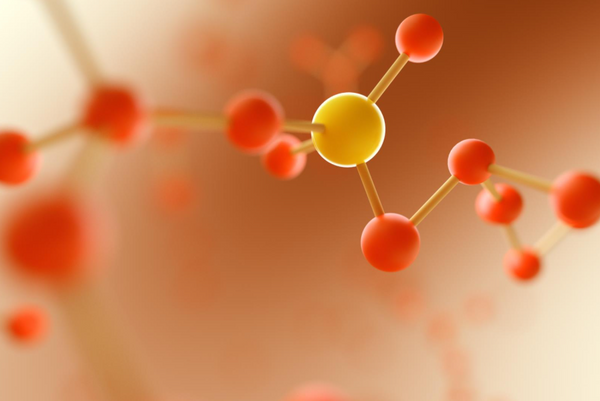

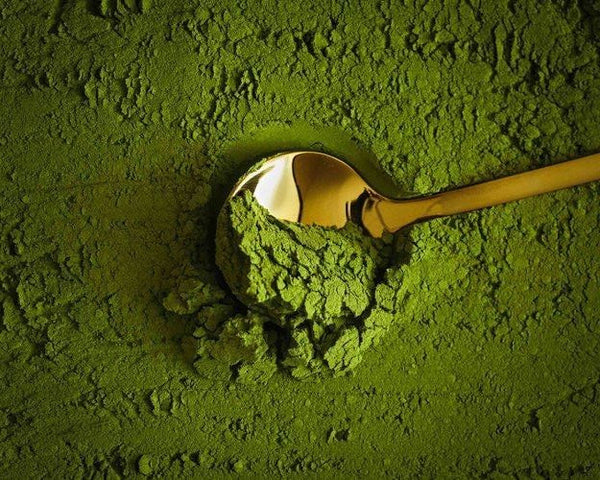
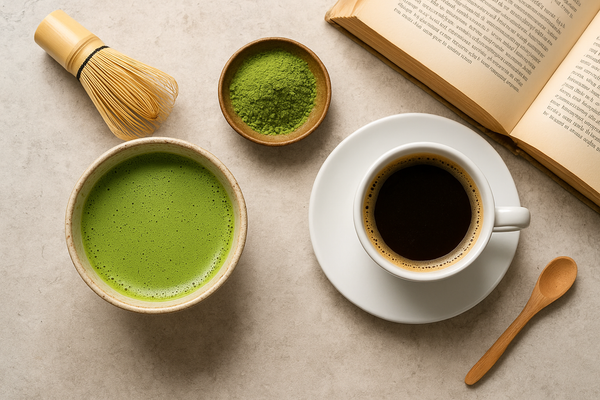
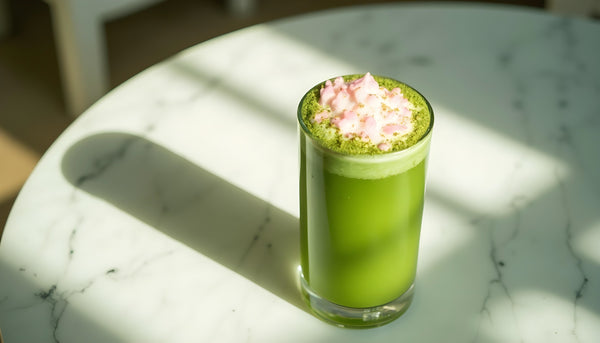
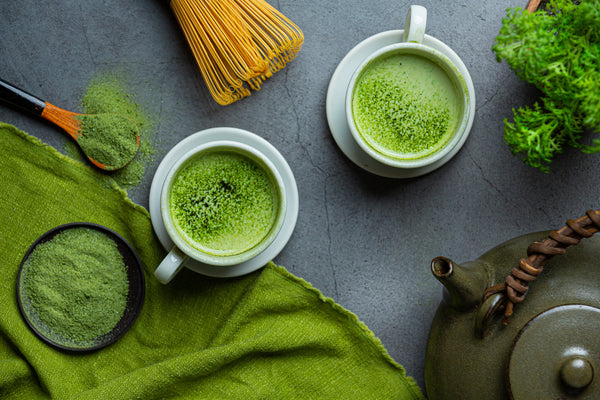
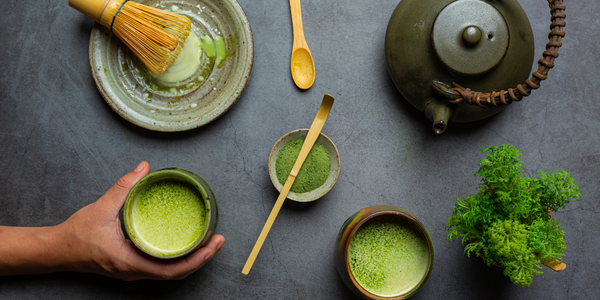
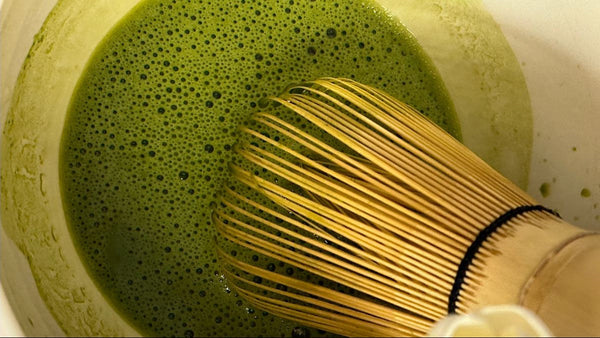
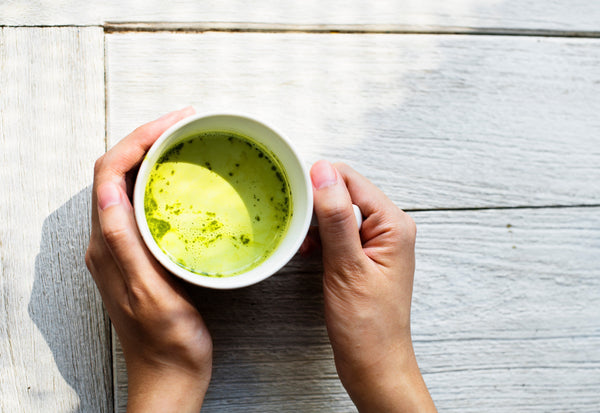






 DOWNLOAD NOW
DOWNLOAD NOW
